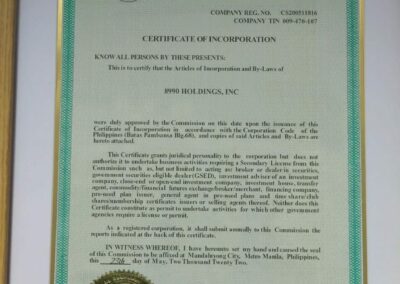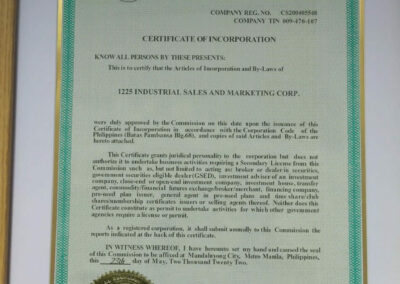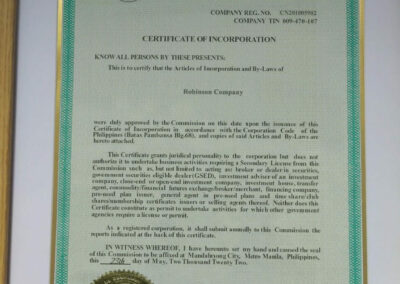Exposing Scammers
How to Protect Yourself from Fake Certification Scams
In the digital age, the internet offers boundless opportunities for growth and connection, but it also harbors hidden dangers, including the insidious threat of scams. Recently, I’ve encountered a group of individuals who, like me, have fallen victim to a particularly distressing scheme involving fake certifications. It’s disheartening to see so many people impacted by this scam, but by shedding light on the tactics used by scammers and empowering others with knowledge, we can work together to put an end to this deceitful practice.
Unveiling the Fake Certification Scam
The fake certification scam operates by duping individuals into believing they are purchasing legitimate certifications or credentials. However, upon closer inspection, victims discover that these certifications are nothing more than cleverly edited forgeries, designed to deceive the unsuspecting eye. Some common tactics used by scammers in this scheme include:
-
Identical Backgrounds: Scammers often reuse the same background images for their fake certifications, making it easy to spot similarities among different certificates.
-
Consistent Company TIN: Despite changing names and links, scammers frequently use the same company Tax Identification Number (TIN) across multiple fake certification documents.
-
Persistent Login Access: Victims may notice that they can log in to their accounts on different links provided by the scammers, indicating a centralized system used to perpetrate the scam.
How to Protect Yourself from Fake Certification Scams
Armed with knowledge and awareness, individuals can take proactive measures to protect themselves from falling victim to fake certification scams:
-
Verify Authenticity: Before purchasing any certification or credential online, verify the legitimacy of the issuing organization or institution. Research the company, check for official websites, and contact relevant authorities to confirm the validity of the certification.
- Scrutinize Details: When examining a certification document, pay close attention to details such as background images, company information, and tax identification numbers. Look for inconsistencies or repeated patterns that may indicate a fake.
- Report Suspicious Activity: If you encounter a fake certification scam or suspect fraudulent activity, report it to the appropriate authorities, such as consumer protection agencies or law enforcement. By reporting scams, you can help prevent others from falling victim to similar schemes.
-
Spread Awareness: Share your experiences and insights with others to raise awareness about fake certification scams. By educating friends, family, and colleagues about the warning signs of scams, you can empower them to protect themselves from falling prey to deceitful schemes.
While the prevalence of scams like fake certification schemes is disheartening, we can combat them by staying vigilant and informed. By verifying authenticity, scrutinizing details, reporting suspicious activity, and spreading awareness, we can protect ourselves and others from falling victim to fraudulent schemes. Together, let’s work towards a safer and more secure online environment, where deceitful practices have no place to thrive.








